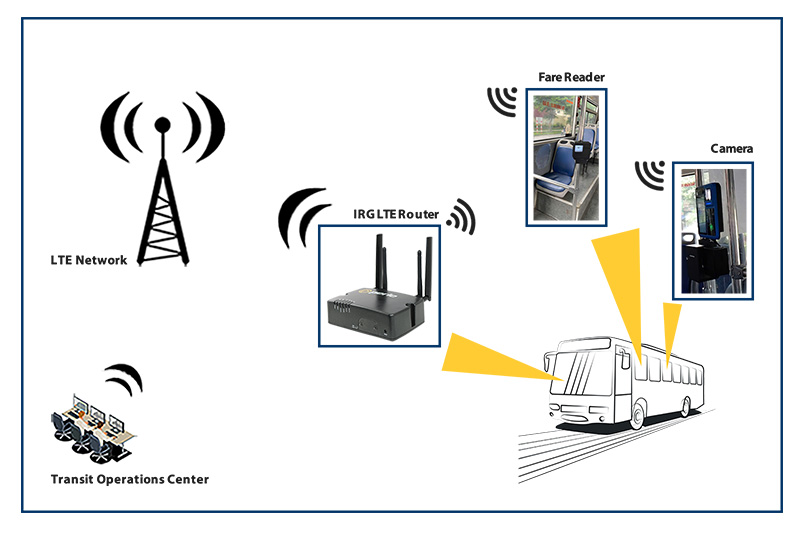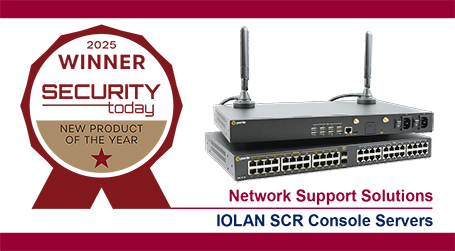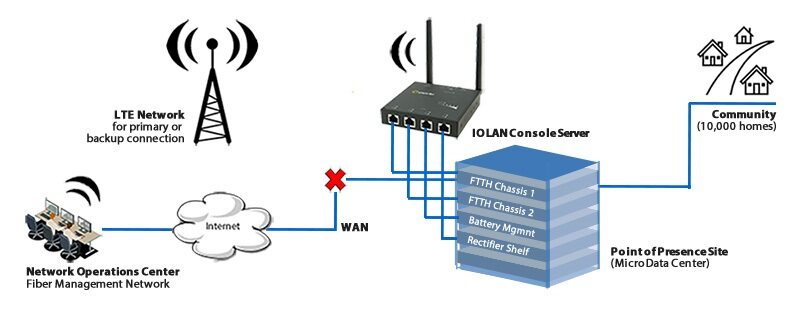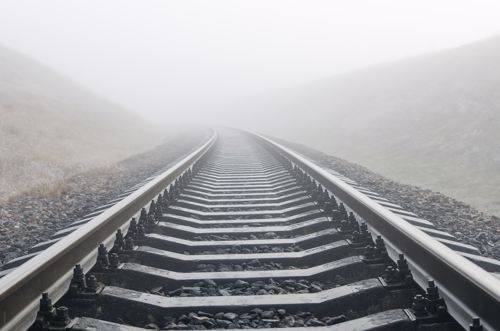
IoT and the railroad: A 2022 forecast of tech trends driving the industry
By Max BurkhalterFebruary 9, 2022
The Internet of Things (IoT) is powering the transportation industry in many new ways, offering enhanced internet connectivity and energy efficiency across multiple sectors. IBIS Business notes that with an estimated market revenue size of $79.8 billion, the railway industry is one segment of the transportation sector that is roaring into 2022. Let's examine the ways smart tech is impacting both logistics and the commuter experience.
Big business
An Express Market Research report estimated the value of the smart transportation industry will grow to approximately $259.3 billion by 2026. IoT in the larger transportation industry is forecasted to realize a compound annual growth rate (CAGR) of 17.18% in the time between 2022-2027.
Growth of the railway system is largely dependent on the need for connectivity across urban centers. The International Energy Authority estimated that passenger traffic and freight activity will more than double by 2050. A focus on the energy efficiency and low CO2 emissions that electric rail transportation offers could drive environmentally conscious commuters to shift to passenger trains. The IEA report indicated that 8% of the world's passengers commute by rail, while the mode of travel shoulders only 2% of total transport energy demand.
The continued advancement of smart tech allows for the integrated data capabilities of various transportation sectors to affect logistics, predictive maintenance and cost factors. With big growth predicted for the volume of rail traffic in coming years, here are direct applications of IoT in the space, along with the challenges and opportunities of their implementation.
Further IoT integration into railway transportation is not without difficulty. The metal body of a passenger or freight train weakens network signal capabilities, and tunnels block it entirely. Passengers utilizing the system on smart devices further tax signal strength – and many commuters choose the rail option as a means of accomplishing work tasks while traveling.
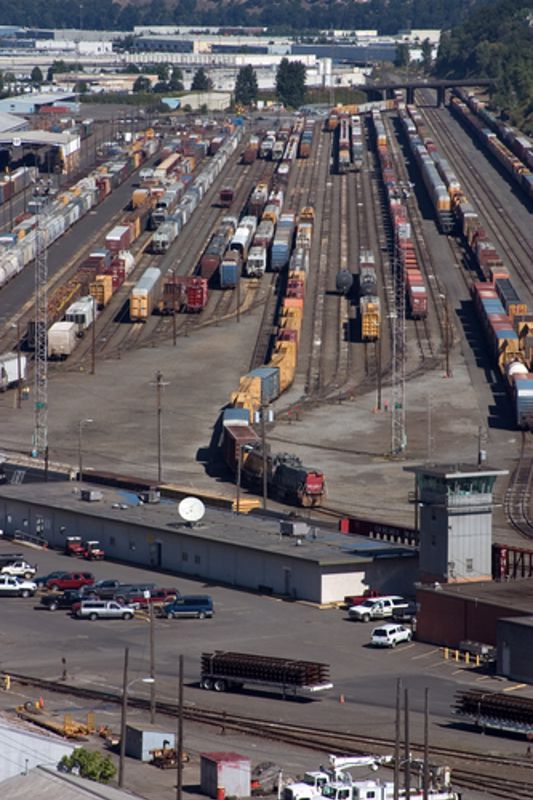
Challenges
IoT designed to monitor passenger counts and density use tactical sensors and video analytics in train stations. In order to avoid overcrowding, the integration of monitoring tech with video surveillance ensures traveler capacity is not exceeded upon boarding. Data extracted from monitoring can be paired with artificial intelligence (AI) systems to track migration patterns and predict human behaviors.
On the train itself, sensors dedicated to monitoring air quality ensure the customer experience is as pleasant as possible. Some particles produced during travel have potentially harmful outcomes for passengers with breathing difficulties. Smart tech sensors dedicated to the detection of harmful agents such as PM2.5 (a particle with a diameter of less than 2.5 micrometers) send alerts when certain levels are detected, and collect data that predictive AI can utilize to forecast future concerns.
Opportunities
Outcomes related to reducing cost could greatly affect the future of the railway industry. Spend per passenger-kilometer or tonne-kilometer moved are influenced by data-driven efforts to improve efficiency. The collection of data performed by IoT tech can specifically target areas of opportunity, and integrate into everything from the engineering of locomotives to the real-time monitoring of sensitive materials. Increased passenger train travel and commercial goods distribution via railways means a continued push to adopt better technologies may be as inevitable as the growth of the industry itself.
Increased usage requires upgrading older technologies, from real-time arrival and departure data to AI powered railroad switches and turnouts.
Perle solutions help navigate railway success
Railway signals and switches utilize Perle technology when counting on reliability. Device Servers allow engineers access to equipment that performs key functions, such as the monitoring of rail conditions. Serial to Ethernet solutions and Ultraport Serial Cards are compatible with all major operating systems. To learn more about how Perle aided National Railway in implementing a Real-Time Information System.

